Interacting With Real Ama Divers in a Traditional Ama Hut (Ama Hut Hachiman)
Have you ever wondered what it would be like to step inside a traditional Ama Hut and converse with real Ama divers?
The theory that this encounter offers a profound glimpse into a vanishing way of life is one worth exploring. As visitors enter the rustic hut, a world of ancient customs and deep-rooted connections to the sea unravels before them.
From the meticulous rituals to the daily routines, the Ama divers’ world is a tapestry of tradition waiting to be discovered. This immersive experience promises not just a mere glimpse but a deep appreciation for the guardians of the sea.
Key Points

- Engage with authentic Ama divers for insights into their stewardship practices.
- Immerse in the rich cultural heritage of Ama diving tradition.
- Experience the traditional Ama hut ambiance with fresh seafood delights.
- Witness the dedication and expertise of Ama divers in sustainable harvesting techniques.
Ama Divers: The Guardians of the Sea
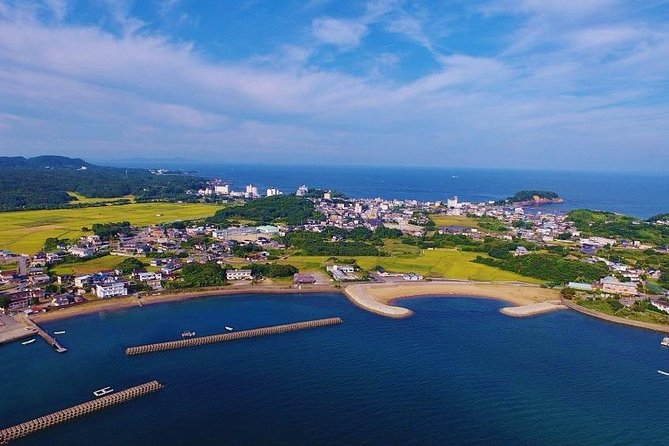
Ama Divers, known as the guardians of the sea, have upheld a centuries-old tradition of free diving to harvest seafood along the coasts of Japan. These remarkable women practice guardian conservation by using sustainable practices in their harvesting methods.
By free diving without the aid of modern scuba equipment, they minimize their impact on marine ecosystems, ensuring the longevity of underwater life. The Ama Divers carefully select the seafood they harvest, allowing populations to replenish and thrive.
Their sustainable practices not only support the delicate balance of marine life but also contribute to the preservation of traditional fishing techniques. Through their dedication to the sea and its resources, the Ama Divers embody the essence of environmental stewardship and cultural heritage.
History of Ama Diving Tradition
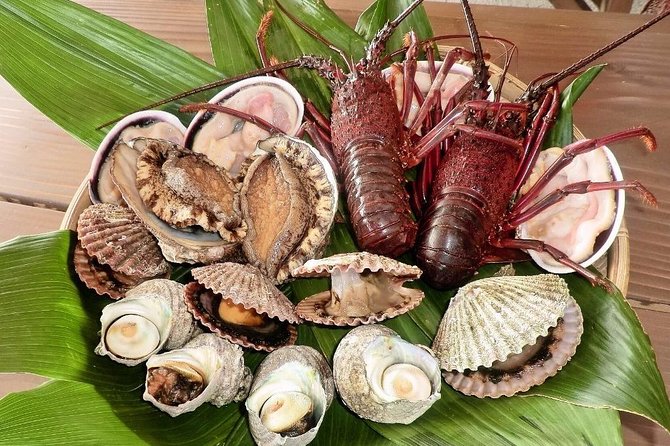
With a rich history dating back centuries, the tradition of Ama diving is deeply intertwined with the cultural heritage of Japan’s coastal communities.
-
Ama diving evolution: The practice of Ama diving has evolved over time, adapting to changes in equipment and techniques while still maintaining its core traditions.
-
Cultural significance: Ama diving holds significant cultural importance in Japan, with divers often seen as symbols of strength, perseverance, and the deep connection to the sea.
-
Historical roots: The roots of Ama diving can be traced back to ancient times when women would dive for seafood while the men were out fishing, highlighting the gender roles within these coastal communities.
-
Modern-day relevance: Despite advancements, Ama diving continues to be a revered tradition, attracting both locals and travelers interested in experiencing this unique cultural practice firsthand.
Traditional Ama Hut Decor
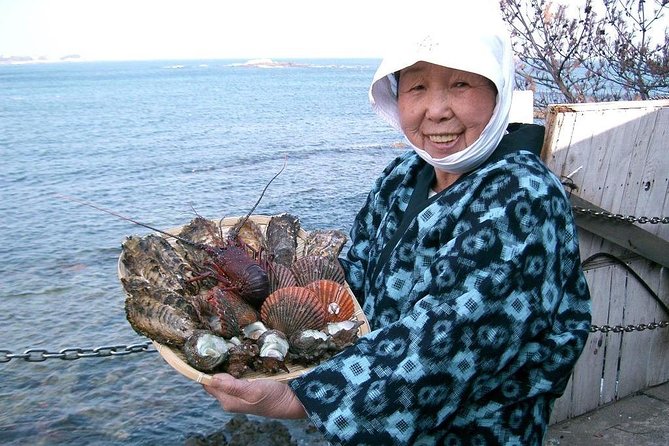
The ambiance of a traditional Ama hut is meticulously crafted to reflect the historical essence and cultural significance of Japan’s coastal communities, particularly in its decor. Ama hut architecture typically features a blend of natural elements like wood and bamboo, creating a warm and inviting atmosphere.
Inside, visitors can expect to find traditional Japanese decor such as paper lanterns, noren curtains, and tatami mats, enhancing the authenticity of the experience. The walls may be adorned with pictures depicting the life of Ama divers and scenes from the sea.
Plus, the Ama hut cuisine complements the decor, often serving fresh seafood delicacies prepared using age-old recipes, further immersing guests in the rich maritime heritage of the Ama diving tradition.
A Day in the Life of an Ama Diver
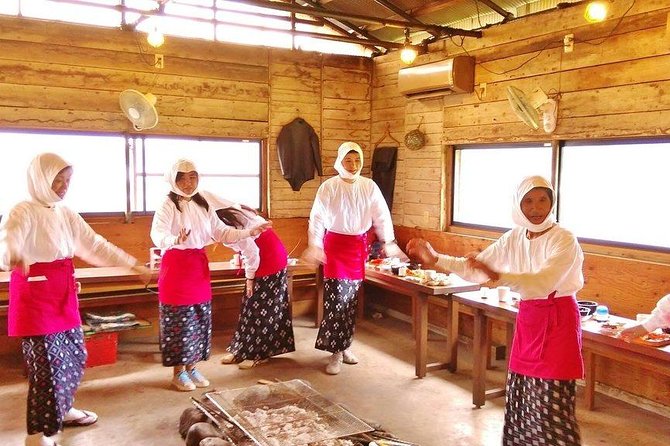
Ever wondered what a typical day entails for those who dive into the depths of the ocean in search of treasures from the sea? The Ama diver lifestyle is one of dedication and tradition, intertwined with the rhythm of the tides and the mysteries of the underwater world. Here are some insights into their daily routine:
-
Early Mornings: Ama divers start their day before dawn, preparing for the first dive as the sun rises.
-
Communal Gatherings: The Ama diving community is tight-knit, coming together to support and encourage each other.
-
Skillful Dives: Each dive showcases the expertise and experience of these divers, honed over years of practice.
-
Shared Meals: After a day’s work, camaraderie continues over meals where stories and laughter are shared, strengthening bonds within the group.
Ama Diving Techniques Unveiled
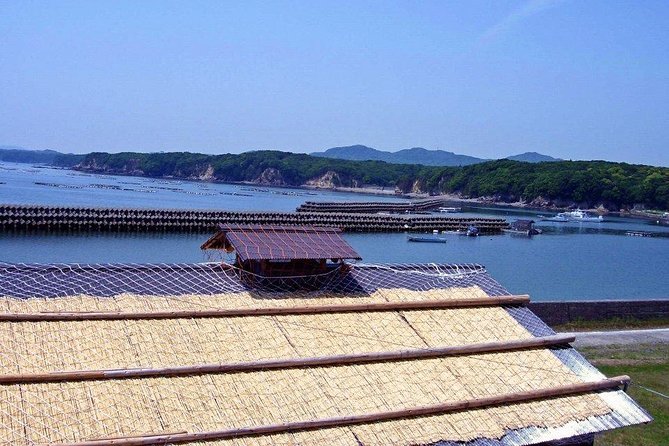
How do Ama divers utilize their unique diving techniques to explore the depths of the ocean for treasures from the sea? Ama divers, known for their exceptional diving skills and deep cultural significance, employ various techniques that have been passed down through generations. These techniques not only enable them to harvest seafood but also showcase their profound connection to the ocean. Below is a table highlighting some of the key diving techniques used by Ama divers, shedding light on their methods and the environmental impact:
| Diving Techniques | Cultural Significance | Environmental Impact |
|---|---|---|
| Isobue | Communication tool | Minimal disturbance |
| Funamori | Group diving practice | Sustainable harvesting |
| Tarai-nuki | Harvesting from buckets | Preservation of marine life |
These techniques not only sustain the tradition of Ama diving but also contribute to the conservation of marine ecosystems.
Seafood Delicacies and Ama Divers

Exploring the rich gastronomic heritage intertwined with the captivating world of Ama divers reveals a tapestry of culinary delights awaiting discovery. Ama divers not only showcase remarkable diving techniques but also contribute significantly to the world of seafood cuisine. Here are four essential points to consider:
-
Sustainable Fishing Practices: Ama divers employ traditional, eco-friendly methods that help preserve marine ecosystems.
-
Freshness Guarantee: Seafood harvested by Ama divers is exceptionally fresh, ensuring a unique taste experience.
-
Culinary Expertise: Ama divers possess deep knowledge of preparing various seafood delicacies, passed down through generations.
-
Cultural Significance: The seafood cuisine associated with Ama divers holds cultural value, reflecting centuries-old traditions and customs.
Ama Diving Rituals and Customs
As the culinary journey intertwines with the world of Ama divers, the rituals and customs of Ama diving offer a fascinating glimpse into a tradition steeped in reverence and skill.
Ama diving attire plays a crucial role in this practice, with the iconic white diving outfits symbolizing purity and tradition. These outfits, often handmade by the divers themselves, aren’t only practical but also hold deep cultural significance.
Beyond attire, Ama community traditions are integral to the diving experience. These traditions, passed down through generations, include rituals to honor the sea and ensure safety during dives. The close-knit Ama community fosters a sense of unity and respect for the ocean, creating a unique and enriching diving environment.
Preserving the Ama Culture
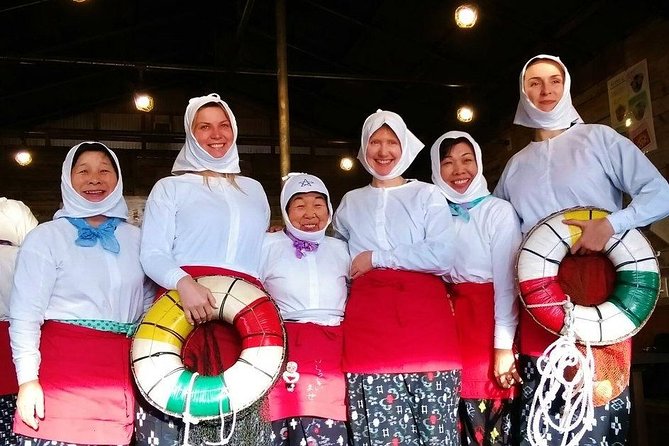
To ensure the longevity of the Ama culture, active efforts are being made to document and pass down traditional practices to future generations. Preserving this cultural heritage is vital for maintaining the unique identity and history of the Ama divers.
Sustainability efforts play a crucial role in safeguarding the environment in which the Ama operate, ensuring that their way of life can continue for years to come. By engaging in eco-friendly practices, such as responsible fishing techniques and conservation initiatives, the Ama community can protect both their livelihoods and the marine ecosystems they rely on.
Educating the younger generation about the significance of Ama traditions and the importance of environmental stewardship is key to fostering a sense of responsibility towards preserving this rich cultural heritage.
Common questions
Can Children Participate in the Interaction With Real Ama Divers in the Traditional Ama Hut?
Children can actively participate in the Ama diving experience in the traditional ama hut. They get to interact with real ama divers, immersing in this unique cultural encounter. The activity provides a memorable and educational experience for young participants.
Are There Any Restrictions on Photography or Filming During the Experience?
During the experience, there are restrictions on photography and filming. Visitors should respect the divers’ privacy and cultural norms. It’s essential to follow the rules set by the activity organizers to ensure a respectful and enjoyable interaction.
Is There a Dress Code or Specific Attire Required for Visitors During the Interaction With the Ama Divers?
Visitors are encouraged to adhere to a respectful dress code during the interaction with ama divers. Cultural etiquette suggests modest attire. It’s essential to honor the traditions of the ama divers by dressing appropriately to show appreciation for their culture.
Are There Any Specific Cultural Etiquette or Customs That Visitors Should Be Aware of Before Interacting With the Ama Divers?
Visitors engaging with the ama divers should respect cultural customs and interaction etiquette. Being polite, following guidance from the divers, and refraining from disturbing marine life are essential. Embracing the traditions enhances the experience.
Can Visitors Purchase Any Souvenirs or Products Related to the Ama Diving Tradition at the Ama Hut Hachiman?
Visitors can explore various purchase options at Ama Hut Hachiman, offering souvenirs related to the ama diving tradition. This cultural exchange allows visitors to take a piece of this unique experience home, supporting the local community.
Last Words
Immersing oneself in the world of real Ama divers at Ama Hut Hachiman is a truly unforgettable experience. From learning about their ancient diving traditions to witnessing their daily rituals and profound connection with the sea, visitors gain a newfound appreciation for these remarkable women.
Preserving the Ama culture is crucial in ensuring that their legacy lives on for generations to come. Joining the Ama divers in their rustic hut offers a glimpse into a vanishing way of life that’s worth cherishing.